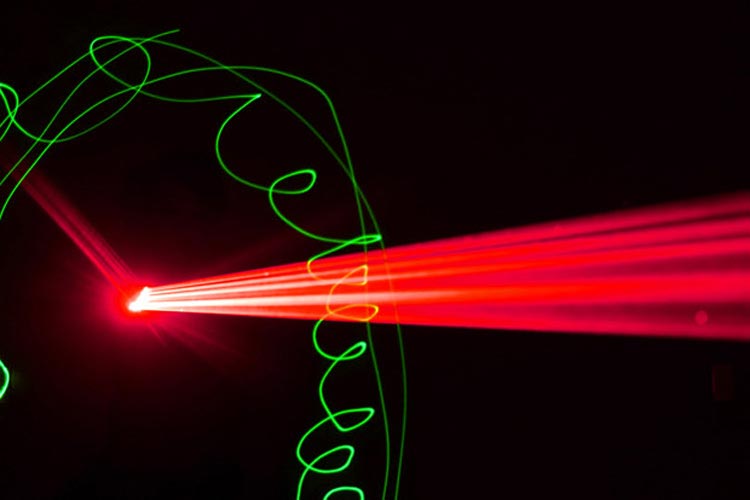Laser Induced GraphenePosted by Mike on August 8th, 2017 According to the website of the Institute of Physics reported on July 31, 2017, the University of Rice researchers by changing the surface of the wood, so that the wood into an electrical conductor. Researchers use the laser to darken the film pattern and place it on the pine. This is a composite structure of wood and nanomaterials. In 2014, Rice University researchers used burning laser pointer-heated polyimide sheet surface to develop a thin atomic carbon material called laser-induced graphene (LIG), a porous graphene film with a flexible surface. The film used in this technology is laser-induced graphene. "In addition to polyimide, some wood can also produce laser-induced graphene." The study found that pine trees are more suitable than woods with low cross-linked lignocellulose content, says Professor James Thor, a professor of chemistry. Production of high quality graphene. Lignin is a composite organic polymer that forms a rigid cell wall. New technology for the preparation of laser-induced graphene has opened up new applications, such as for three-dimensional graphene printing, polyimide non-ideal substrates. In addition, the wood is also rich in reserves and renewable. As with the use of polyimide to prepare 5mw laser pointer-induced graphene, the new technology requires the use of standard industrial lasers at room temperature and the use of inert argon or hydrogen. Because there is no oxygen, the heat generated by the laser will not ignite the pine, but will produce graphene foam corrugated sheet, and wood surface bonding. In addition, changing the laser power can also alter the chemical composition and thermal stability of the laser-induced graphene. When the laser power is 70%, the laser will produce the highest quality laser induced graphene, called "P-LIG". Researchers have made a pair of electrocatalysts with high surface area by depositing cobalt, phosphorus, nickel and iron on laser-induced graphene, which is durable and effective to decompose water into hydrogen and oxygen. In addition, the deposition of polyaniline on green laser pointer-induced graphene can also be used as a capacitor to store energy. http://laserboy.junglekouen.com/ Like it? Share it!More by this author |



